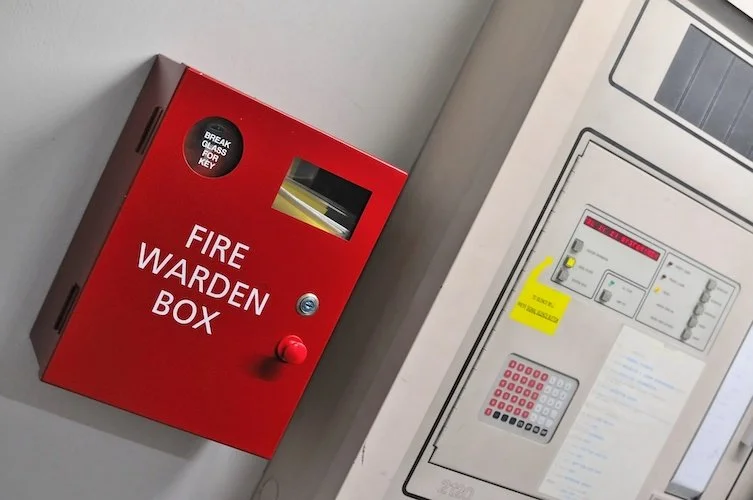PUAFER006 - Lead an Emergency Control Organisation (Chief Warden Course)
Commonly known as the Chief Warden Course, this training prepares participants to take command and lead an Emergency Control Organisation (ECO) during workplace emergencies. It is designed for those responsible for coordinating emergency responses, ensuring occupant safety, and liaising directly with emergency services when incidents occur.
The course aligns with Australian Standards AS 3745 and AS 4083, covering a broad range of emergency types and facility environments. Participants learn to apply command, control and coordination principles to manage incidents safely and effectively from initial response through to post-emergency review.
Key skills and knowledge include:
Leading facility emergency responses and maintaining communication throughout an incident
Coordinating evacuations, identifying safe assembly areas and managing personnel accountability
Interpreting information from emergency control panels and building management systems
Briefing emergency services personnel and concluding emergency operations in line with workplace procedures
Applying WHS/OHS requirements and ensuring compliance with industry standards and regulations
This course is ideal for Chief Wardens, Deputy Chief Wardens and Communications Officers across all industries who play a leadership role in emergency management and facility safety.
-
The following units will be included in your certificate:
PUAFER006 - Lead an emergency control organisation
-
This course can be delivered/assessed in the workplace or at facility organised by the training provider.
-
Refresher min. duration - N/A
Blended min. duration - N/A
Face-to-face min. duration - 180 minutes
Online with face-to-face min. duration - 30 minutes
-
An individual undertaking this course with Allens Training Pty Ltd will need to demonstrate the following to be eligible for entry:
Capability to complete the practical demonstrations for the course, including:
Command, control and conduct regular training exercises
Conduct dynamic risk assessments
Control access to affected areas and monitor evacuation process
Ability to assess emergency and initiate action plans and procedures
Provide debriefing information and compile reports for the emergency planning committee and management
This course has a pre-requisite of PUAFER005 Operate as part of an emergency control organisation which much be completed prior to undertaking this unit of competency.
-
Individuals undertaking this course will be expected to complete both written and practical assessment tasks.
-
This certificate does not require renewal
-
Please note that enrolment to this course is made with Allens Training Pty Ltd RTO 90909. Please refer to the student handbook located on the RTO website allenstraining.com.au (https://allenstraining.com.au/students/student-handbook) for all details relating to rights and responsibilities including complaints and appeals.
-
Performance tasks:
Prepare for emergency situations
Lead as a chief warden in a fire emergency
Documentation - The student must complete the following documentation:
Emergency evacuation incident and debrief form
Theory assessment:
A written assessment consisting of multiple-choice and short answer questions. The student must complete all assessment questions
-
Students are required to complete a self evaluation against the following core skills as part of the enrolment process. This will allow your trainer to understand any additional support that may be required during the course delivery and assessment.
Learning - I can take on new information quickly and apply it to lead others in urgent situations.
Reading - I can read and understand emergency procedures, site plans, and organisational roles.
Writing - I can complete reports or records that clearly describe what happened in an emergency.
Oral Communication - I can give clear instructions, speak with authority, and communicate calmly under pressure.
Numeracy - I can use time, location details, and simple calculations to help make quick decisions in emergencies.

